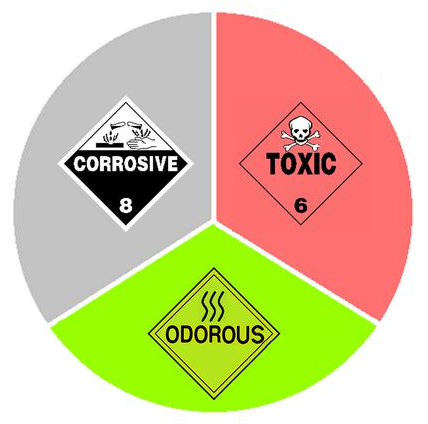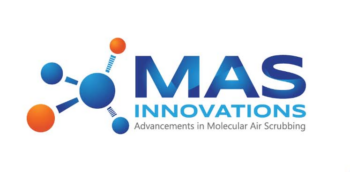Overview
Most air filtration consists of removing particles from the air. There is a class of contaminants that cannot be removed even with the highest-rated particulate (HEPA) filters. Airborne chemicals (molecules) can have damaging effects to the manufacturing process, equipment, and personnel. Removing these molecular contaminants is typically called molecular filtration or gas phase filtration. Gas phase applications are generally categorized into three problems areas: corrosive, toxic, or odor applications.
Gas Phase Applications

Corrosive
Applications where gaseous contaminants have a damaging or deteriorating effect on materials. Examples are the corrosion of electronics, corrosion of equipment and components, such as compressors, and deterioration of artifiacts.
Toxic
Applications where contaminants have damaging effects to life and health. All chemicals have safety limits, such as Permissible Exposure Limit (PEL) for long term exposure or Immediately Dangerous to Life or Health (IDLH) for acute exposure.
Odorous
Applications where gaseous contaminants create offensive odors due to their strength or pungency. Common applications occur in wastewater or industrial exhaust.
